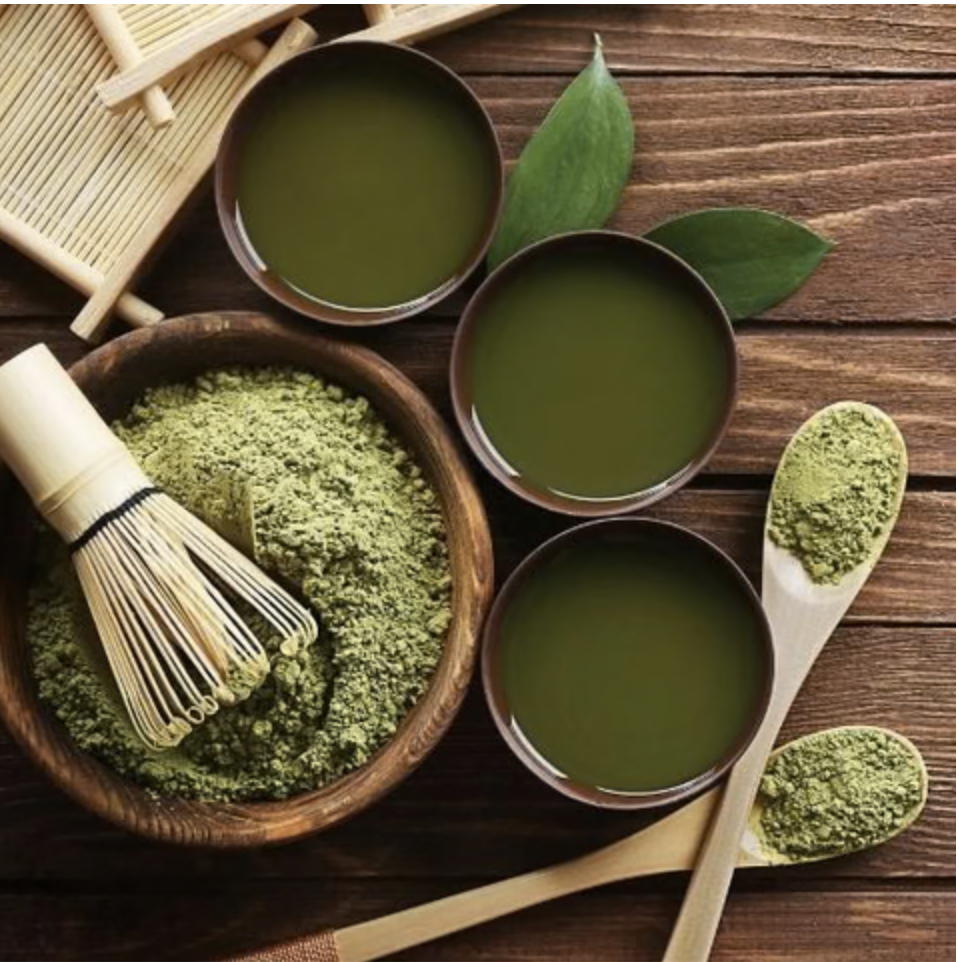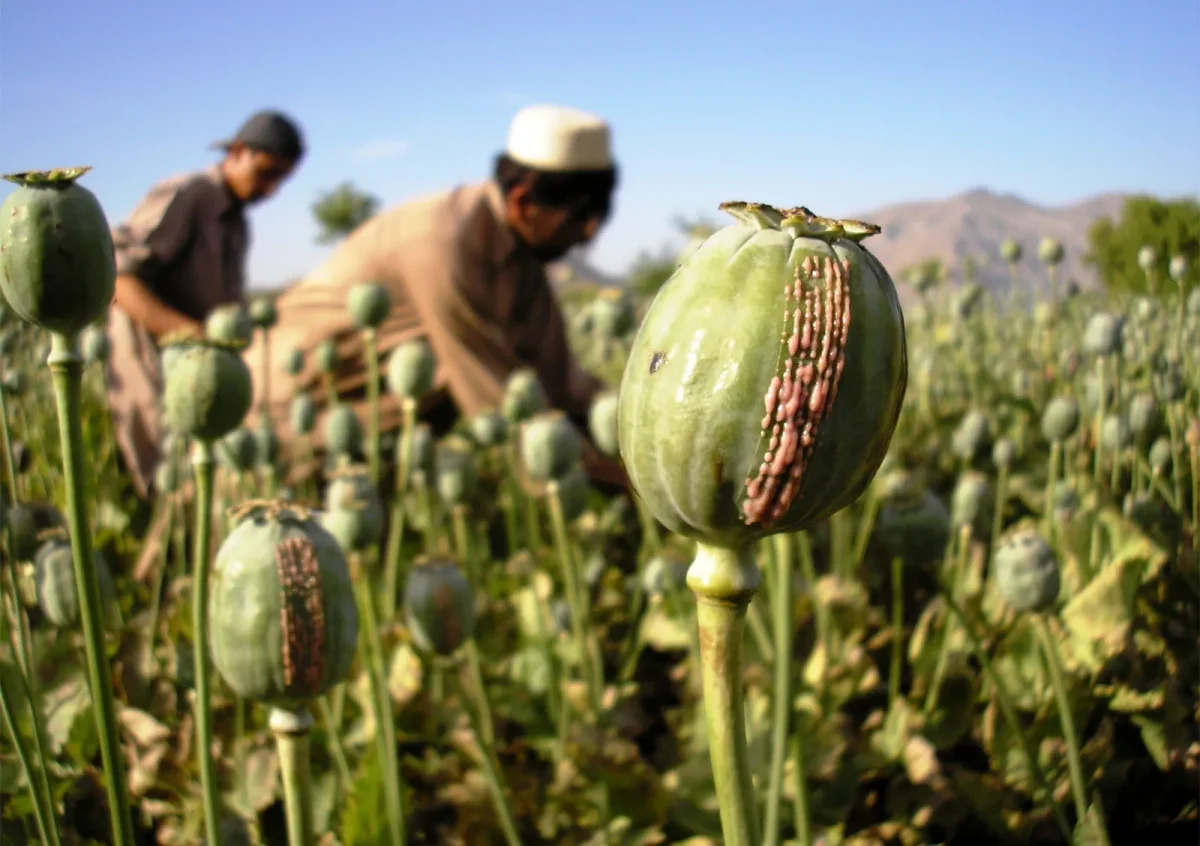The tea industry is in turmoil as ‘MatchaTok’ influencers continue to advertise matcha as a staple of any aesthetic morning routine. A surge in global demand for this trending tea triggered a matcha shortage in Japan. Social media trends are fueling overconsumption, but this trend-driven culture may ultimately deprive matcha lovers of their beloved morning brew.
The global demand for matcha is soaring. According to Japan Times, Japan’s Ministry of Agriculture, Forestry and Fisheries (MAFF) recorded a 185% increase in matcha production between 2010 and 2023. Additionally, MAFF also stated that over half of the matcha produced in Japan is internationally exported. A rising demand for matcha products threatens the sustainability of production. The gradual decline of tea farmers, labor shortages and limited harvests put the industry in jeopardy. According to CBS, the 24% tariffs on Japanese imports are set to make matcha even more expensive. Although the Japanese government is trying to increase matcha production, the demand rates continue to outweigh the production rates for matcha.
Characterized by its vivid green color, matcha tea went viral for its numerous health benefits. L-theanine, an amino acid unique to tea, is known for decreasing stress levels and promoting relaxation. According to Today’s Dietitian, consuming matcha tea results in higher intake of the green tea compound L-theanine and caffeine compared to other green teas. Matcha has high antioxidant potential that prevents chronic diseases such as diabetes, neurodegenerative conditions, heart disease, cognitive decline and even certain types of cancer. Matcha contains various antioxidants, the primary ones being quercetin, catechins, rutin and polyphenols. Free radicals are molecules with unpaired electrons; free radicals steal electrons from other molecules, furthermore making the molecules around it unstable. Quercetin is a phytochemical associated with improving glucose regulation, neuroprotective activity and carcinogenic effects. Rutin and polyphenols help protect cells from damaging free radicals while catechins neutralize free radicals.
A rumor circulating TikTok raises doubts about the reality of TikTok’s favorite green drink—is matcha really as beneficial as influencers make it seem? Social media glorifies matcha with its charming green hue, earthy aroma and countless antioxidants, but one antioxidant is often overlooked: tannins. Researchers study tannins for playing a potential role in preventing cancer; however tannins also play a significant role in restricting the body’s iron absorption. When consumed in large quantities or after meals, matcha tea will lead to lower iron levels over time. According to Health, safely consuming matcha is determined by timing. It is highly recommended to leave about two hours between eating meals or iron supplementation and drinking matcha. Instead of zeroing in on one single drink, it is essential to find a balance by focusing on the bigger picture and diet as a whole. For example, incorporating iron–rich foods and vitamin C into your diet helps boost absorption. Since it is generally considered healthier, matcha is often utilized as a replacement for coffee.
Coffee and matcha tea are caffeinated beverages that have a bitter taste, both famous for their rich flavor profiles and variety of depth. Matcha has a flavor that is commonly described as earthy and grassy, while coffee is renowned for being nutty and slightly acidic. Light roasted coffee has notes of citrus, making it seem tea-like in comparison to a medium to dark roast, which has a nut-like, smoky flavor, traces of spice and a dark chocolatey fragrance. The beverages have numerous health benefits, since both are loaded with cancer-fighting antioxidants with minimal calories that can help with weight loss.
Coffee is known for instantly boosting energy levels that reduce sleepiness and fatigue. According to Healthline, the human body rapidly absorbs up to 99% of its caffeine, so peak blood concentration levels can be reached as soon as 15 minutes after intake. The caffeine then crosses the brain barrier and blocks the receptors of adenosine, a compound that contains sleep-promoting properties, which then helps keep the body awake. Similarly, matcha has similar effects. Compared to coffee, the caffeine in matcha takes longer to hit. Since the process is gradual, matcha tea boosts alertness and energy levels at a slower pace than coffee does. L-theanine also crosses the brain barrier; however, it takes up to 30 minutes to reach peak concentration levels.
Although making matcha can be a time-consuming process, drinking it is a different experience than drinking coffee. Coffee spikes energy, leaves a jittery feeling, increases feelings of anxiety, gives withdrawal headaches and overall isn’t as favorable for health benefits. Due to its high acidity, coffee can erode tooth enamel, and the caffeine may leach calcium from the body’s bones. In contrast, matcha leaves energy levels sustained without feeling wired. With high antioxidant levels that promote bone density and a calming effect that reduces stress, matcha is also considered healthier for dental hygiene.
While both drinks have their benefits, matcha isn’t always considered a favorable alternative for caffeine addicts. According to Healthline, matcha doesn’t typically give withdrawal headaches like coffee does; instead, the potential effect is a caffeine crash, or a sudden decline in energy and alertness. This can lead to mood drops, sudden fatigue and difficulty concentrating as a result of the body’s natural response to the stimulant effects of caffeine—so then why are we so obsessed with matcha?
The Western world’s romanticization and fascination with matcha stems from a growing wellness and self-care movement. Despite the expenses, matcha’s immense health benefits and aesthetic appeal have made the green gold even more popular. Through social media, wellness blogs and celebrity endorsements, the matcha madness didn’t stop at the intricate art of latte making. Since the vibrant green color is visually appealing, matcha is incorporated into a wide range of dishes—from smoothies to baked goods and desserts—and this niche ingredient is now considered a mainstream staple in Western culture.









